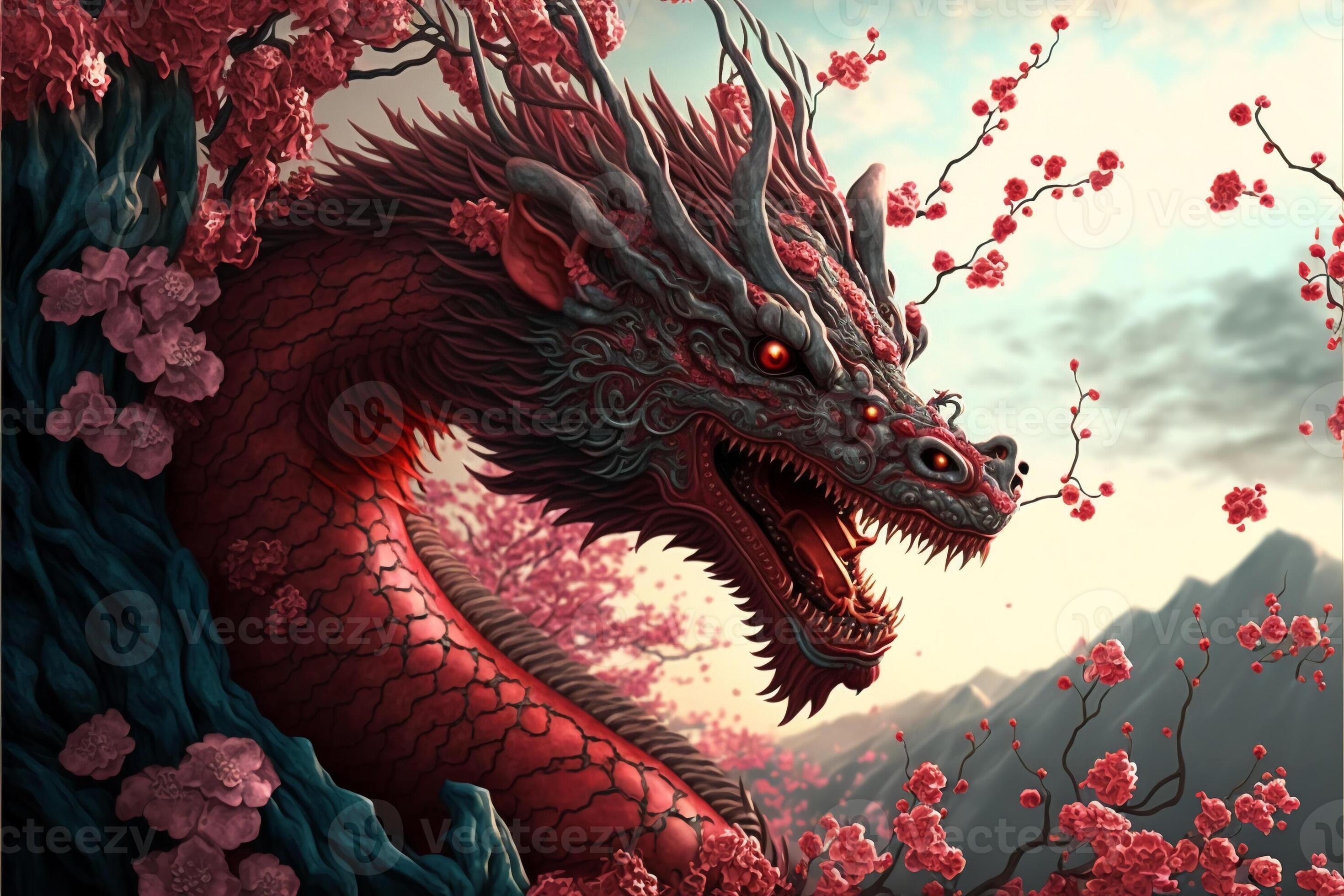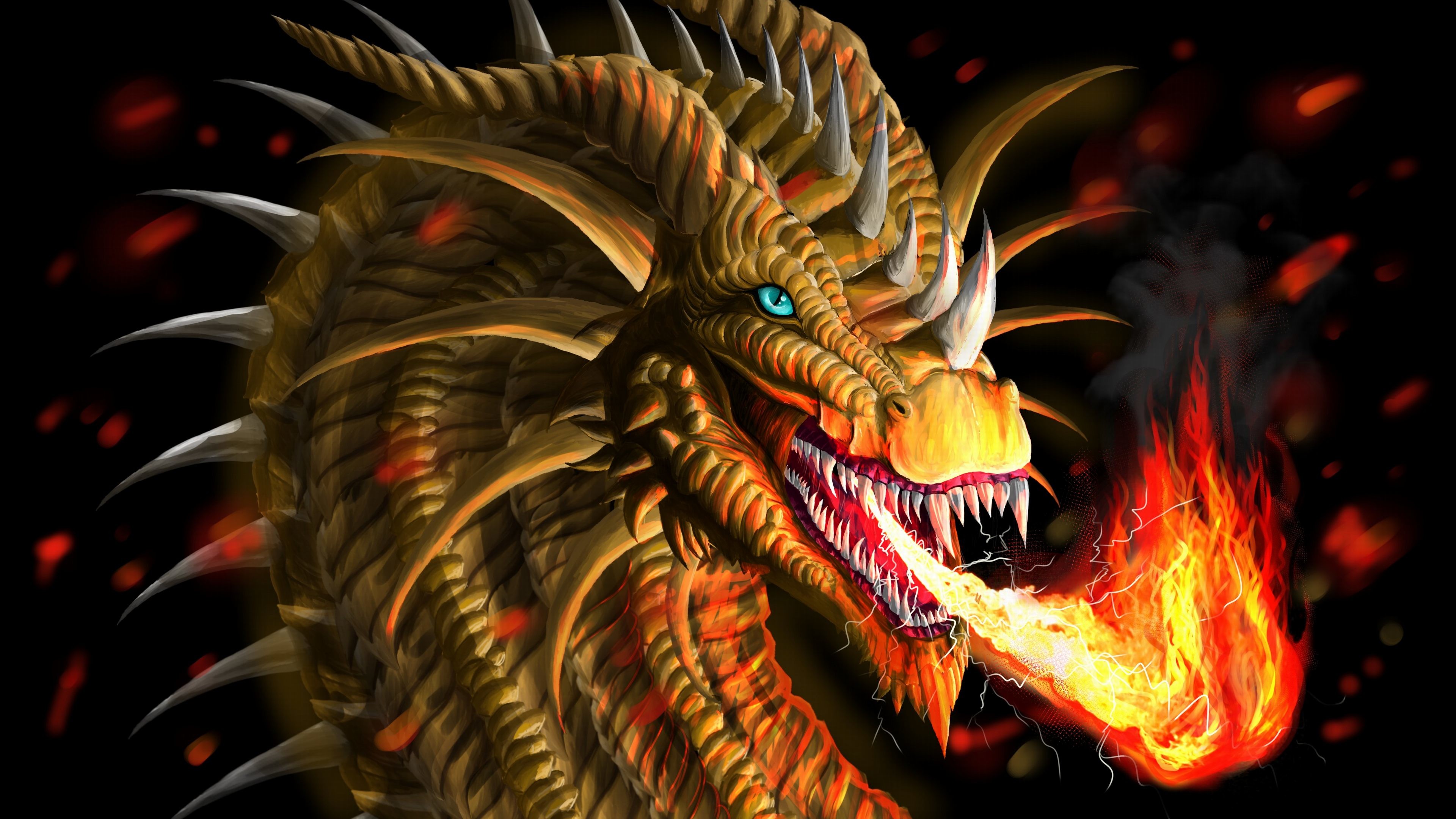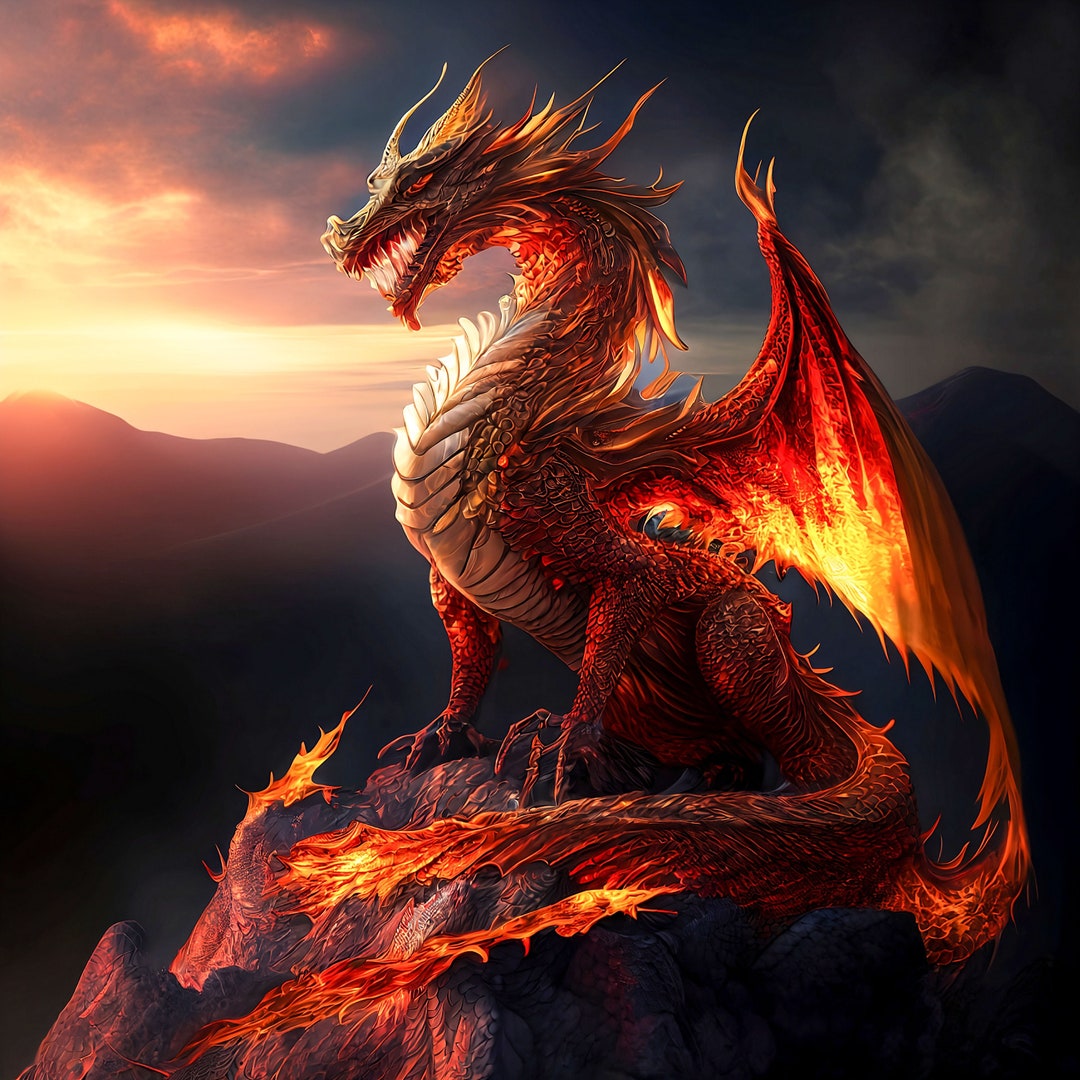**Have you ever encountered a natural wonder that seems straight out of a mythical tale? If not, then it’s time to embark on a journey to South Sinai, Egypt, where the extraordinary Dragon Head Mountain awaits.** This colossal rock formation, a marvelous work of nature, has mystified tourists and netizens alike with its uncanny resemblance to a dragon emerging from the rugged desert landscape. It's a place where geology meets legend, inviting adventurers to explore a truly unique corner of the world. The allure of Dragon Head Mountain lies not just in its striking appearance but also in its elusive nature. Tucked away in the vast, arid expanse of the Sinai desert, far from the well-trodden paths, it remains a hidden gem known primarily to local Bedouin communities. This article will guide you through the mystique of this incredible geological marvel, delving into its unique features, the adventurous journey required to reach it, and why it continues to capture the imagination of all who hear its tale.
The Allure of Dragon Head Mountain: A Mythical Marvel
The Dragon Head Mountain, located in South Sinai, Egypt, is a striking natural formation that truly resembles a colossal dragon's head emerging from the rugged landscape. This geological feature draws attention due to its unique shape, particularly the "eye," which is actually a deep cave carved into the rock. Shaped by centuries of relentless wind and erosion, this breathtaking natural rock formation has become a popular destination for adventure seekers, photographers, and nature lovers alike. Its very existence seems to defy the ordinary, inviting observers to ponder the sheer power and artistry of nature. The mountain’s distinct contours, the weathered "scales," and the prominent "snout" create an illusion so convincing that it's easy to believe a mythical beast has simply petrified in the desert heat. It’s a testament to how geological processes can sculpt landscapes into forms that resonate deeply with human imagination and ancient lore.Locating the Elusive Dragon: Where is it?
One of the most intriguing aspects of Dragon Head Mountain South Sinai Egypt is its somewhat mysterious location. This mountain is situated in South Sinai, around an hour's drive from Dahab village in Egypt. However, as many visitors and local guides will tell you, there is no exact pinpointed location on conventional maps; it's genuinely "in the middle of nowhere in the Sinai desert." This remoteness adds to its mystique and ensures that a visit remains a true adventure, far from the typical tourist trails. Dahab itself is a charming coastal town located on the east coast of the South Sinai Peninsula, approximately one hour north of Sharm el Sheikh along the Gulf of Aqaba coast, which feeds into the Red Sea. The Sinai Peninsula, in the northeastern corner of Egypt, borders with occupied Gaza and Israel, giving it a unique geopolitical and geographical position. While Dahab serves as the closest accessible hub, reaching Dragon Head Mountain requires local expertise. Milko, a visitor who has explored the location multiple times, confirms that local Bedouin people are the true navigators who know how to reach this hidden marvel. Their deep knowledge of the desert, passed down through generations, is indispensable for anyone hoping to witness this natural wonder.The Journey to the Dragon's Lair
Embarking on a trip to Dragon Head Mountain South Sinai Egypt is more than just a sightseeing tour; it's a crazy adventure safari trip into the heart of the desert. These excursions typically involve sturdy 4x4 jeeps, capable of navigating the rugged, arid, and rocky terrain that characterizes South Sinai. The journey itself is part of the experience, offering panoramic views of the vast desert expanse, ancient wadis (dry riverbeds), and dramatic rock formations that tell tales of millennia of geological activity. Visitors often share thrilling accounts of their desert safaris, with some even recounting instances where their jeep got stuck in the desert dunes, adding an unexpected twist to the adventure. These moments, while potentially challenging, underscore the raw, untamed beauty of the Sinai desert and the sense of genuine exploration that accompanies a trip to Dragon Head Mountain. It’s an experience that appeals to those seeking an adrenaline rush alongside natural beauty, making it a popular choice for adventure seekers looking for something truly off the beaten path.The Dragon's Eye: A Glimmer of Mystery
Perhaps the most intriguing feature of Dragon Head Mountain South Sinai Egypt is its "eye"—a deep cave carved into the rock that often flickers with a mysterious red glow. This mesmerizing sight, particularly captivating as dusk settles over the desert, has fueled many a traveler's imagination. Upon closer inspection, however, the enigma unravels: the red glow is revealed to be the light of a cozy campfire nestled inside the cave. Occasionally, visitors camp inside the cave, transforming the Dragon's Eye into a temporary, sheltered haven. Imagine spending a night under the vast, star-studded Sinai sky, with the flickering flames of a campfire casting an ethereal red light from within the "dragon's eye." This unique camping experience offers an unparalleled connection to nature and a sense of ancient wonder. The cave itself provides a natural shelter from the desert elements, making it an ideal spot for those seeking an immersive overnight adventure. The combination of the striking natural formation, the remote desert setting, and the intimate experience of a campfire within the "eye" creates an unforgettable memory for anyone fortunate enough to witness it.Geological Wonders of the Sinai Desert
The formation of Dragon Head Mountain is a testament to the powerful geological processes that have shaped the Sinai Peninsula over millions of years. The arid, rocky terrain of South Sinai is known for its dramatic landscapes, a result of intense weathering, erosion by wind and occasional flash floods, and ancient tectonic activity. The region is primarily composed of igneous and metamorphic rocks, sculpted into fascinating shapes that reveal layers of Earth's history. The distinct resemblance of Dragon Head Mountain to a mythical creature is a natural masterpiece, carved patiently by the elements. Wind, carrying abrasive sand particles, acts as a natural sculptor, slowly wearing away softer rock layers and leaving behind the more resistant formations that create the mountain's unique contours. This process, known as aeolian erosion, is particularly effective in arid environments like the Sinai desert, where vegetation is sparse and winds are strong.Beyond the Dragon: Other Sinai Treasures
The Sinai Peninsula is not only home to the Dragon Head Mountain but also boasts a wealth of other significant natural and historical sites. Foremost among these is Mount Sinai, also known as Jabal Musa (Arabic for 'Mountain of Moses'). This sacred mountain is one of several locations claimed to be the biblical Mount Sinai, the place where, according to the sacred scriptures of the three major Abrahamic religions (Torah, Bible, and Quran), the Hebrew prophet Moses received the Ten Commandments. The spiritual significance of Mount Sinai draws pilgrims and tourists from across the globe, offering a profound contrast to the adventurous allure of Dragon Head Mountain. Furthermore, the Red Sea coast, particularly around Dahab and Sharm el Sheikh, is world-renowned for its vibrant coral reefs and diverse marine life, making it a premier destination for diving and snorkeling. These coastal attractions provide a stark yet beautiful contrast to the desolate beauty of the desert interior. The combination of ancient history, spiritual sites, breathtaking desert landscapes, and world-class marine ecosystems makes the Sinai Peninsula a truly multifaceted destination, appealing to a wide range of interests.Why the Dragon? Unpacking the Mythical Connection
The immediate association of this natural rock formation with a dragon raises an interesting question: why dragons? All the animals in the Chinese zodiac are real except for the dragon. Yet, dragons are ubiquitous throughout history and across cultures around the world, appearing in myths, legends, and folklore from East Asia to Europe. Don't you find that a bit odd? That's a lot of work for a mythical creature that never existed. This widespread presence suggests a deep-seated human fascination with powerful, awe-inspiring, and often terrifying creatures. The human mind is wired to find patterns and meaning in the natural world. When confronted with a geological feature like Dragon Head Mountain South Sinai Egypt, which so strikingly resembles a creature of myth, it's almost inevitable that we project our cultural narratives onto it. Dragons, often symbolizing power, wisdom, and primordial forces, become the perfect archetype for such a majestic and imposing natural wonder. This natural rock formation, with its dramatic contours and the mysterious "eye," taps into a collective unconscious, making it more than just a rock—it becomes a living legend, a tangible link to the mythical realms that have captivated humanity for millennia. It reminds us that even in a world increasingly explored and mapped, there are still places where the line between reality and legend beautifully blurs.Planning Your Expedition: Tips for Adventurers
Visiting Dragon Head Mountain South Sinai Egypt requires careful planning and a spirit of adventure. Given its remote location, it is highly recommended to arrange your trip through a local Bedouin guide or a reputable tour operator based in Dahab. These guides possess invaluable knowledge of the desert terrain, navigation, and local customs, ensuring both your safety and an authentic experience. They can provide the necessary 4x4 vehicles and often include other desert activities like traditional Bedouin meals under the stars. * **Book with Local Guides:** Always opt for local Bedouin guides. Their intimate knowledge of the desert is unparalleled, and it supports the local economy. * **Prepare for the Desert:** The Sinai desert can be extreme. Bring plenty of water, sunscreen, a hat, sunglasses, and appropriate clothing for both hot days and cool nights. Sturdy closed-toe shoes are essential. * **Safety First:** Inform someone of your travel plans. While Bedouin guides are experienced, accidents can happen in remote areas. Ensure your vehicle is well-maintained. * **Best Time to Visit:** The cooler months from October to April are ideal, as summer temperatures can be excessively hot. * **Photography Gear:** Don't forget your camera! The landscapes are stunning, especially during sunrise and sunset. A wide-angle lens is recommended to capture the full grandeur of the mountain.Embracing Responsible Tourism
As visitors to such a pristine natural wonder, it is crucial to practice responsible tourism. The Sinai desert is a fragile ecosystem, and its unique formations are vulnerable. * **Leave No Trace:** Carry out everything you carry in. Do not leave any trash behind. * **Respect Local Culture:** The Bedouin communities are an integral part of the Sinai. Respect their traditions, customs, and privacy. Ask for permission before taking photos of people. * **Stay on Designated Paths:** Where possible, stick to established routes to minimize environmental impact. * **Support Local Businesses:** By hiring local guides and purchasing local goods, you directly contribute to the well-being of the communities who are the custodians of these lands.The Enduring Legacy of Sinai's Dragon
Dragon Head Mountain in South Sinai, Egypt, is more than just a striking rock formation; it is a symbol of nature's artistry and the enduring power of myth. It stands as a testament to the raw beauty of the Sinai desert, a landscape that continues to inspire awe and wonder. For those who make the journey, it offers an escape from the mundane, a chance to connect with ancient landscapes, and an opportunity to witness a geological marvel that truly seems to breathe life into legend. The experience of seeing the "dragon's eye" glow red with a campfire, feeling the vastness of the desert, and relying on the wisdom of local Bedouin guides, creates a profound and unforgettable adventure. This unique destination will undoubtedly continue to draw adventure seekers, photographers, and nature lovers for generations to come. Its remote location ensures that it remains somewhat protected, preserving its wild beauty and the sense of discovery that defines a visit there. As more people seek authentic, off-the-beaten-path travel experiences, Dragon Head Mountain South Sinai Egypt is perfectly positioned to capture their imagination and offer a journey unlike any other.A Call to Explore the Unseen
Join us on an incredible visual journey as we explore the stunning Dragon’s Eye rock in the breathtaking landscapes of Sinai, Egypt. If you are captivated by the idea of discovering hidden natural wonders and embarking on an unforgettable adventure, then Dragon Head Mountain should be at the top of your travel list. It’s a place that challenges your perceptions, ignites your imagination, and leaves you with a deep appreciation for the Earth’s incredible geological diversity. Have you visited Dragon Head Mountain or other hidden gems in Sinai? Share your experiences and tips in the comments below! Your stories help fellow adventurers plan their own incredible journeys. And if this article has sparked your wanderlust, be sure to explore our other guides to unique destinations around the globe.

